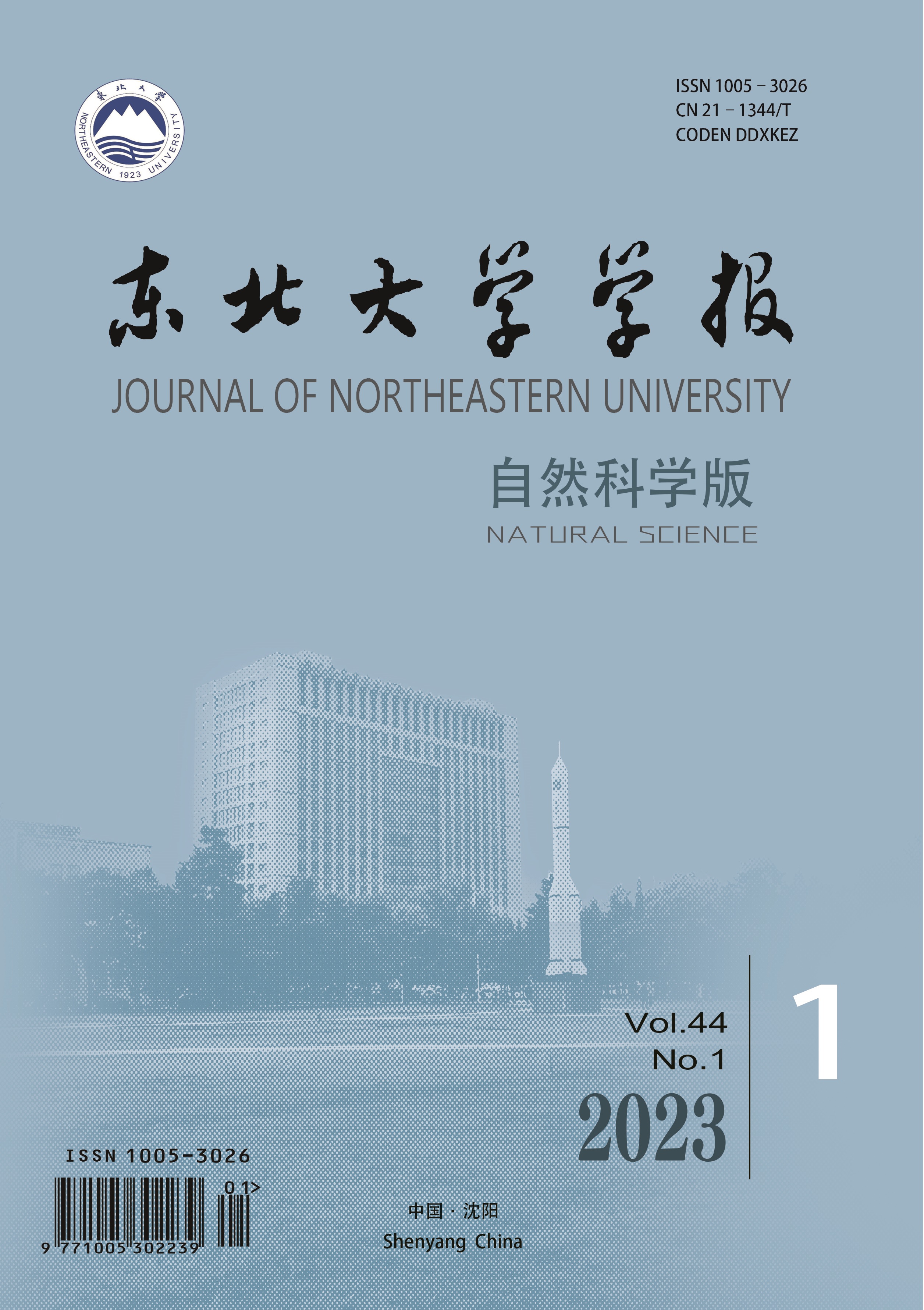|
Effect of Low Vacuum on Electroslag Remelting Process and Ingot Quality
HUANG Xue-chi, LI Bao-kuan, LIU Cheng-jun, LIU Zhong-qiu
2023, 44 (1):
55-62.
DOI: 10.12068/j.issn.1005-3026.2023.01.008
Deoxidation and inclusions control are the key to improve the quality of ingots produced by electroslag remelting (ESR). The effect of low vacuum on the ESR process and ingot quality was experimentally studied in combination with thermodynamic calculations. H13 electrodes were remelted under argon protection at atmospheric and low vacuum (10kPa) conditions, respectively. The results show that, compared with atmospheric pressure, a higher gas content in the slag pool, more drastic fluctuations of the electrode melting rate, and a rougher surface of the ESR ingot were observed under low vacuum. The total wO in the ESR ingots remelted under atmospheric and low vacuum conditions are 24×10-6 and 18×10-6, respectively. The carbon deoxidation reaction is greatly enhanced under low vacuum and gradually replaces aluminum deoxidation as the pressure decreases. Compared with Al-O equilibrium, the dissolved wO in molten steel equilibrated with wC of the electrode at 10kPa is much lower. Thus, lowering pressure can further reduce the wO of the ingot. Carbon deoxidation, of which the product is CO gas, will not introduce new inclusions. The pressure has little effect on the type of inclusions in ESR ingots. The biggest inclusions in the ESR ingots remelted under atmospheric and low vacuum conditions decrease from 14.9μm to 10.5μm and 8.3μm, respectively. The ratio of the detected inclusions with equivalent diameters less than 3μm are 63.85% and 75.91%, respectively. ESR under low vacuum condition can further refine the inclusions and improve the cleanliness of ESR ingots.
References |
Related Articles |
Metrics
|

